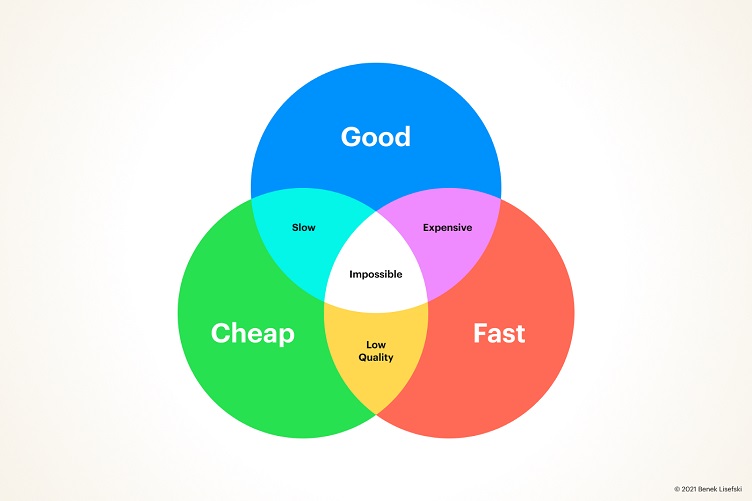My nephew is in the throes of writing essays for college applications so perhaps that is why a Twitter thread by author Kelly Barnhill caught my attention a month ago. She talks about how neighborhood kids have been coming and asking her for help in writing the essay. She writes about all the writing exercises and ensuing conversations she has with them trying to draw information and realization out.
“I have them write jokes, treatises, manifestos. I have them make graphic essays. Comics. Yard signs. I have them make lists. We talk about verbs. We talk about how we know what we know.”
But the part I really honed in on was this one:
One kid said, "But how can I write that? Doesn't it need to be *about* something?" And I say, "Yes. It is. It's about YOU. What you've written is a bunch of paragraphs about your grandma. And she's great! But what we need to focus on is YOU."
— Kelly Barnhill is Now a Dragon (@kellybarnhill) October 16, 2022
She goes on to talk about how people often don’t know themselves well enough to write about themselves and in fact other people might have greater insight about you than yourself. Which is probably why it is easier to write about your grandmother.
But this resonated with me on a more practical level because I feel like the college essay about how you overcame obstacles in your life was a new enough subject when I was applying to college that it was relevant to your admission. Now, decades later it is cliched and overdone making it all the more difficult for a person with 17 years of relatively unexamined life experience to set themselves apart from other applicants. (And it probably doesn’t help that college admission consultants are telling his parents he would have a better chance of gaining admission to his top choices if he lived in the Midwest rather than East Coast.)
While Barnhill doesn’t say how successful her essay writers are in getting into their top choices, I appreciate that she provides a rather detailed accounting of how she helps create an essay that better reflects their authentic self. She is giving them the bones of a learning how to learn process that can serve them well throughout their lives if they pay close enough attention.
Also, it occurs to me that she is inadvertently giving an answer to the oft asked query regarding a work of art – “What’s it about??, What does it mean?” Art doesn’t always have to be about SOMETHING to be about something.




This is such a thought-provoking post! It’s fascinating to consider how everyday beauty in design, even in functional spaces like…